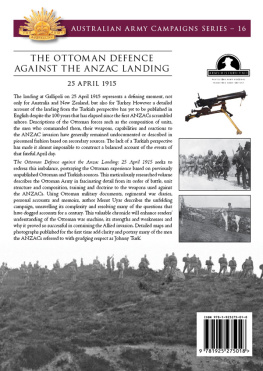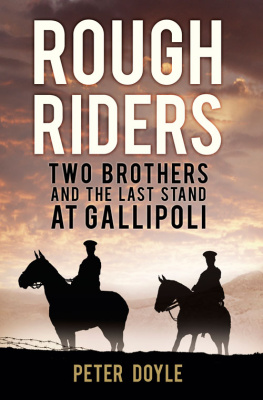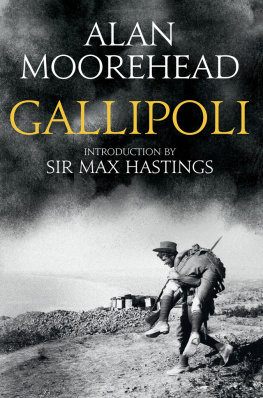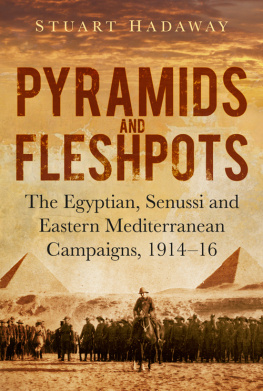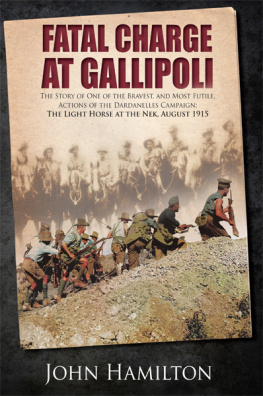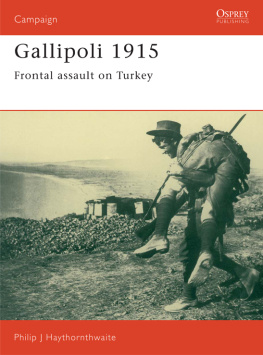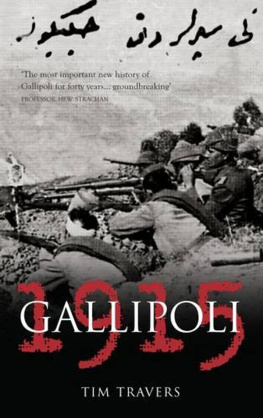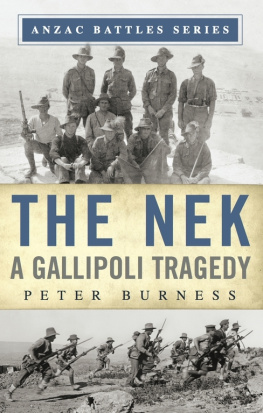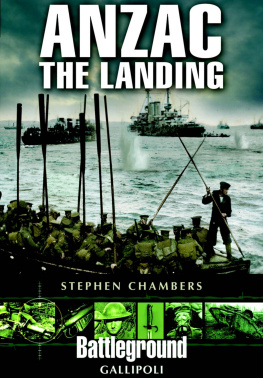

First published in Great Britain in 2010 by
Pen & Sword Military
an imprint of
Pen & Sword Books Ltd
47 Church Street
Barnsley
South Yorkshire
S70 2AS
Copyright Edward J. Erickson 2010
ISBN 978 1 84415 967 3
eISBN 9781844687725
The right of Edward J. Erickson to be identified as Author of this Work has been asserted by him in accordance with the Copyright, Designs and Patents Act 1988.
A CIP catalogue record for this book is available from the British Library
All rights reserved. No part of this book may be reproduced or transmitted in any form or by any means, electronic or mechanical including photocopying, recording or by any information storage and retrieval system, without permission from the Publisher in writing.
Pen & Sword Books Ltd incorporates the imprints of Pen & Sword Aviation, Pen & Sword Maritime, Pen & Sword Military, Wharncliffe Local History, Pen & Sword Select, Pen & Sword Military Classics and Leo Cooper.
For a complete list of Pen & Sword titles please contact
PEN & SWORD BOOKS LIMITED
47 Church Street, Barnsley, South Yorkshire, S70 2AS, England
E-mail: enquiries@pen-and-sword.co.uk
Website: www.pen-and-sword.co.uk
Contents
Dedicated to my very good friends
Stephen P. Dawkins, US Foreign Service (retired)
The Revd Dr Wayne D. Pokorny
Professor Yigal Sheffy, Tel Aviv University
Professor John Gooch, University of Leeds
Professor Keith Wilson, University of Leeds
Ms Jennifer Collins
who all encouraged me to write
List of Plates
List of Maps
The maps in this book are copied from the 3-volume Turkish official history of the Gallipoli campaign, which contains an astonishing total of 124 colour maps. These maps are packed with graphic information, which significantly adds to our knowledge of these events. This is particularly true in comprehending which Ottoman units were involved in the fighting and where they were located. The maps also aid in the development of coherent understandings of Ottoman orders of battle. The maps, themselves, are based on Ottoman tactical maps, war diaries and situation reports from the campaign that are located in the Turkish military archives. While there are occasional errors and misprints, the maps in general are accurate. The twenty-four Turkish maps found in this study are used with the gracious permission of the Turkish General Staffs Military History and Strategic Institute in Ankara, Turkey.
Key to Maps
 | Infantry |
 | Artillery |
 | Engineer |
 | Cavalry |
 | Medical |
 | Logistics Trains |
 | Communications |
 | Artillery Piece: Gun |
 | Artillery Piece: Howitzer |
 | Search Light |
 | Automatic Weapon |
 | Machine Gun |
 | Headquarters Locations |
List of Tables
Introduction
The Gallipoli campaign continues to generate interest around the world. Historian George H. Cassar claims that there are more books written about Gallipoli in the English-speaking world than on any other campaign in World War I. The Gallipoli campaign was unique among First World War battles as it combined modern amphibious joint operations with multinational combined operations. It took place on a landscape pockmarked with classical and romantic sites and memories, just across the Dardanelles from the ruins of Homers Troy. The name Gallipoli itself evokes controversy and the campaign is, perhaps, the greatest what if of the war for two reasons. First, the concept behind it was grand strategy of the first order that might have led to conditions ending the war two years early on allied terms. This might have avoided the bloodletting of 19161918, saved Czarist Russia from revolution, and side-stepped the disastrous Treaty of Versailles in effect, altering the course of the entire twentieth century. Secondly, the campaign appeared to be a near miss for Britain on at least three occasions (18 March, 25 April and 6 August 1915) and, moreover, a battle that might easily have been won. For Britain the Gallipoli campaign was a disaster. For the Australians and New Zealanders the campaign was a coming of age as these peoples entered the mainstream of the twentieth century. But, for the Turks, the Gallipoli campaign was monumentally important. For the Turks, Gallipoli marked the first time since the seventeenth century in which they were able to defeat a great European power making the campaign a threshold event in the reemergence of a new national identity and pride.
The English-language historiography of the campaign and its battles has been constructed over the past ninety years using mostly western sources.Australia in the War of 19141918: The Story of ANZAC, vol. 12 (1942), Alan Moorehead, Gallipoli (1956), Robert Rhodes James, Gallipoli, The History of a Noble Blunder (1965), Nigel Steel and Peter Hart, Defeat at Gallipoli (1994), Philip J. Haythornthwaite, Gallipoli 1915, Frontal Assault on Turkey (n.d.) and Michael Hickey, Gallipoli (1995). Much of the information contained in these works about the Ottoman side came from German participant memoirs and sources, such as Hans Kannengiesser, The Campaign in Gallipoli (n.d.), Carl Mhlmann, Der Kampf um die Dardanellen 1915 (1927) and Otto Liman von Sanders, Five Years in Turkey (1928). Moreover, such additional information as was included in the English-language histories on Ottoman participation came mostly from partial Turkish participant memoirs or from Maurice Larchers influential La Guerre Turque Dans La Guerre Mondiale (1926), which cited only 12 percent of its sources as Ottoman and the remaining 88 percent of sources as European. The result of all this is an architecture of history that is built on a bed of incomplete information and understandings.
This body of Eurocentric received wisdom has led to a number of generalized beliefs about the Gallipoli campaign that are incorrect. The most commonly held western notion about the Ottoman victory is that the Turks stubbornly held on long enough for a series of allied mistakes to disable the allied plan.
It is only recently that western historians have begun to reassess the battles from the Ottoman perspective and it is becoming clearer that bravery and German command assistance, although important, were only components of a larger mosaic of Ottoman combat effectiveness. Of note, the recent work of Tim Travers, Gallipoli 1915 (2001), Edward Erickson, Ottoman Combat Effective in World War I: A Comparative Study (2007) and Robin Prior, Gallipoli, The End of the Myth (2009) have all sought to use the Turkish official histories and military archives more fully to achieve more nuanced understandings of the Ottoman campaign. Unfortunately, in Turkey itself, few military historians have emerged to engage the west with counterpoint analysis and arguments regarding the conduct of the campaign. There is, however, a growing interest in Ottoman military history in Turkey, which has helped open the military archives and make possible the publication of a number of diaries and memoirs from participants in the campaign. This awakening of interest has provided a deeper field of material than previously available and greatly assisted the present author in understanding what happened.
Next page

